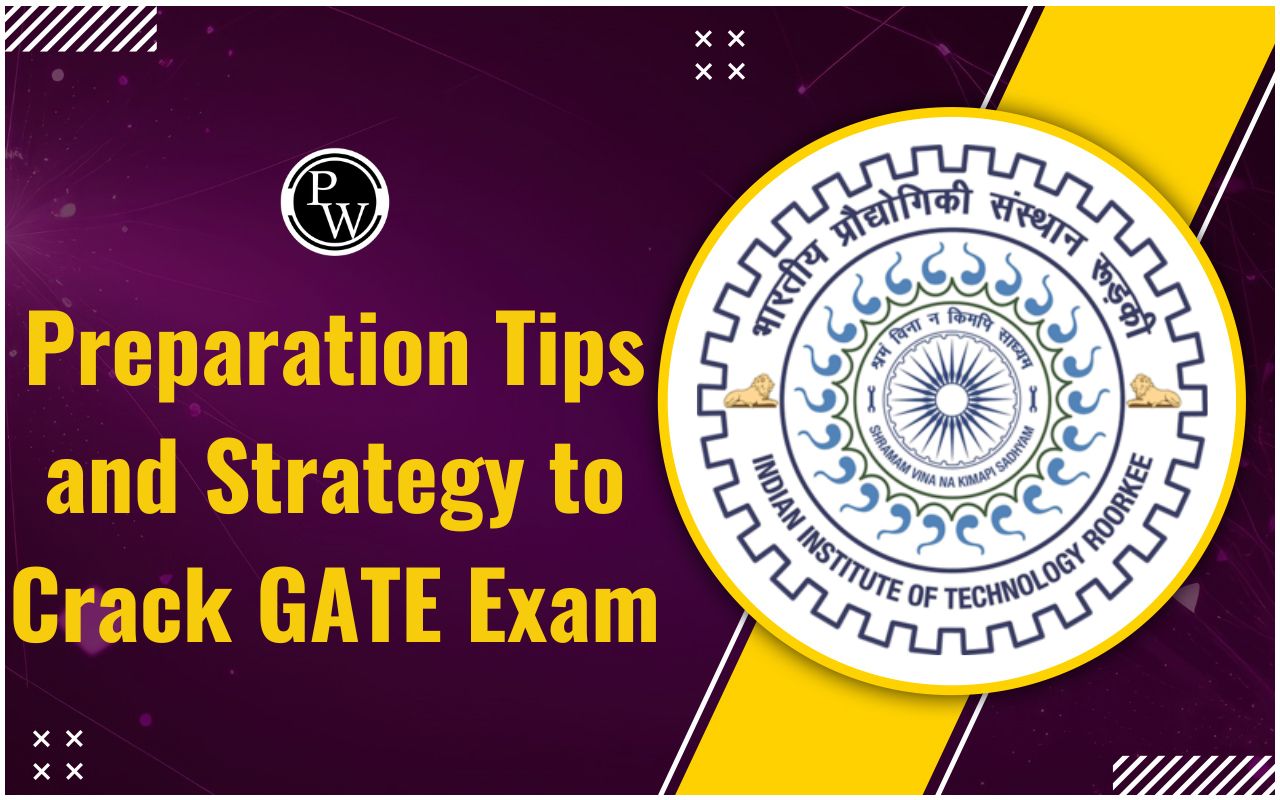CBSE Class 10 Maths Syllabus for the 2025 Exam - Board Exam Tips

CBSE Class 10 Maths Syllabus:- The CBSE 10th Maths syllabus outlines all topics to be covered throughout the academic year, along with the allocation of marks and periods for each unit. Understanding these units is crucial as the final exam is based on this syllabus. It also details marks weightage, practicals, assignments, and projects. Check out the CBSE Class 10 Maths Syllabus for CBSE Class 10 Boards 2025 in the below article.
CBSE Class 10 Maths
The CBSE board has recently published the Class 10 Maths syllabus for the academic year 2025 on their official website. It remains largely unchanged from the previous year, focusing on developing students' mathematical skills through topics including Number Systems, Algebra, Coordinate Geometry, Geometry, Trigonometry, Mensuration, and Statistics and Probability. Access the CBSE Class 10 Maths syllabus PDF to delve into these fundamental concepts and enhance your learning experience.
CBSE Class 10 Maths Marking Scheme
Maths demands consistent practice, formula memorization, and a solid grasp of concepts, making it a high-scoring subject for Class 10 students. Check out the CBSE Class 10 Maths Exam Pattern below.
|
Units |
Unit Name |
Marks |
|
I |
Number Systems |
6 |
|
II |
Algebra |
20 |
|
III |
Coordinate Geometry |
6 |
|
IV |
Geometry |
15 |
|
V |
Trigonometry |
12 |
|
VI |
Mensuration |
10 |
|
VII |
Statistics and Probability |
11 |
|
Total |
80 |
|
|
Internal Assessment |
20 |
|
|
Grand Total |
100 |
CBSE Class 10 Maths Syllabus
CBSE Class 10 Syllabus includes the course structure, internal assessment criteria, and marks distribution per unit, aiding effective concept familiarisation and preparation. Check out the detailed CBSE Class 10 Maths Syllabus below:-
|
Units |
Unit Name |
Sections |
|
I |
Number Systems |
Real Number |
|
II |
Algebra |
Polynomials Pair of Linear Equations in Two Variables Quadratic Equations Arithmetic Progressions |
|
III |
Coordinate Geometry |
Coordinate Geometry |
|
IV |
Geometry |
Triangles Circles |
|
V |
Trigonometry |
Introduction to Trigonometry Trigonometric Identities Heights and Distances |
|
VI |
Mensuration |
Areas Related to Circles Surface Areas and Volumes |
|
VII |
Statistics and Probability |
Statistics Probability |
CBSE Class 10 Maths Important Topics
Unit I: Number Systems
-
Real Numbers
-
Rational and irrational numbers
-
Representation on a number line
-
Operations on real numbers
-
Decimal representation of rational numbers
-
Fundamental theorem of arithmetic
Unit II: Algebra
Polynomials
-
Definition and types of polynomials
-
Degree of a polynomial
-
Operations on polynomials (addition, subtraction, multiplication, division)
-
Factorization of polynomials
-
Pair of Linear Equations in Two Variables:
-
Methods of solving (substitution method, elimination method, graphical method)
-
Consistency and inconsistency of equations
-
Quadratic Equations:
-
Standard form and solutions of quadratic equations
-
Nature of roots (real, equal, unequal, imaginary)
-
Quadratic formula
Arithmetic Progressions
-
Definition and nth term of an AP
-
Sum of first n terms of an AP
-
Applications of APs in daily life
Unit III: Coordinate Geometry
Coordinate Geometry
-
Distance formula
-
Section formula
-
Area of a triangle
-
Application of coordinate geometry in geometry and algebra
Unit IV: Geometry
Triangles
-
Types of triangles
-
Properties of triangles (sum of angles, inequalities in triangles, Pythagorean theorem)
-
Congruence of triangles
-
Similarity of triangles
Circles
-
Tangents and normals
-
Properties related to the circle (chords, arcs, angles subtended by an arc)
Unit V: Trigonometry
Introduction to Trigonometry
-
Trigonometric ratios (sine, cosine, tangent, cosecant, secant, cotangent)
-
Trigonometric identities
-
Heights and distances (applications involving angle of elevation/depression)
Trigonometric Identities
-
Verifying identities
-
Solving trigonometric equations using identities
Unit VI: Mensuration
Areas Related to Circles
-
Areas of sectors and segments of a circle
-
Applications involving areas of circles
Surface Areas and Volumes
-
Surface area and volume of various solids (cubes, cuboids, cylinders, cones, spheres)
-
Conversion of one solid into another
Unit VII: Statistics and Probability
Statistics
-
Collection and presentation of data (frequency distribution tables, histograms)
-
Measures of central tendency (mean, median, mode)
-
Measures of dispersion (range, mean deviation, variance, standard deviation)
Probability
-
Basic concepts of probability
-
The probability of an event
-
Addition and multiplication theorems of probability
CBSE Class 10 Maths Board Exam Tips
Preparing for CBSE Class 10 Mathematics requires a strategic approach to cover all the topics effectively. Here are some CBSE Class 10 Maths Preparation Tips to help you prepare:
1. Understand the Syllabus and Exam Pattern: Familiarise yourself with the CBSE Class 10 Mathematics syllabus and exam pattern. Know the weightage given to each unit and chapter so you can prioritise your study accordingly.
2. Create a Study Plan: Make a real timetable that covers all the necessary topics especially the areas which you feel require more attention. Try to have an hour for formula memorisation as they are the key to a successful CBSE Class 10 maths preparation.
3. Master the Basics: Maintain a formula sheet. Ensure you have a solid understanding of fundamental concepts like number systems, algebraic expressions, geometry theorems, etc. Practice basic operations thoroughly to avoid mistakes in calculations.
4. Use NCERT Textbooks: NCERT textbooks are the backbone of the CBSE syllabus. Read them thoroughly to understand concepts clearly as CBSE Class 10 Boards questions mainly come from it. Solve the examples and exercises given in NCERT books as they align closely with the CBSE exam pattern.
5. Practice Regularly: Practice is crucial in Mathematics. Solve a variety of problems from different sources, including previous year's question papers, sample papers, and additional reference books as this will help you with your boards even if by chance any question arises from outside.
6. Focus on Problem-solving Skills: Understand the steps involved in solving different types of problems. Practice solving problems using different methods and approaches to enhance your problem-solving skills so that you can answer any question in your CBSE class 10 boards.
7. Make Notes and Summaries: Make concise Maths notes or summaries of key formulas, theorems, and concepts for quick revision.
8. Clarify Doubts Promptly: Don’t hesitate to ask your teachers or classmates for help if you have doubts or difficulties understanding a concept.
9. Solve Sample Papers and Previous Year Papers: Solve CBSE sample papers and previous year papers to get familiar with the exam pattern and types of questions asked.
CBSE Class 10 Maths Syllabus FAQs
Q1. What does the CBSE Class 10 Maths syllabus cover?
Ans. The CBSE Class 10 Maths syllabus covers topics such as Number Systems, Algebra, Geometry, Trigonometry, Mensuration, Statistics, and Probability.
Q2. How should I study according to the CBSE Class 10 Maths syllabus?
Ans. Plan your study schedule according to the weightage of each unit. Focus on understanding concepts, practising problems, and revising regularly.
Q3. Are practicals and projects part of the CBSE Class 10 Maths syllabus?
Ans. Yes, the syllabus includes practicals and assignments, though they may not be directly assessed in the final board exam. They contribute to overall learning and assessment.
Q4. Which chapter is hardest in class 10 maths?
Ans. Determining the most challenging chapter in Class 10 Maths can vary from student to student, but topics such as Quadratic Equations, Triangles, and Surface Areas and Volumes are commonly considered difficult due to their abstract concepts and intricate calculations.
Q5. Does CBSE give marks for attempting questions in maths?
Ans. Yes, CBSE awards marks for attempting questions in Maths. Even if you attempt a question, there is a chance of receiving partial marks, particularly if your presentation is clear and meets the teacher's expectations.












